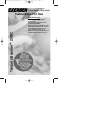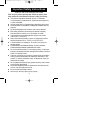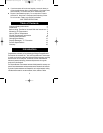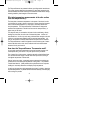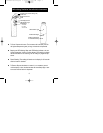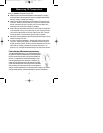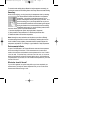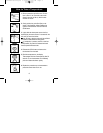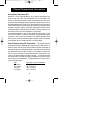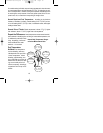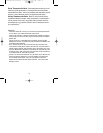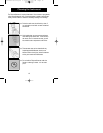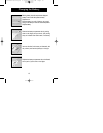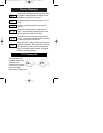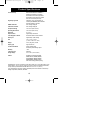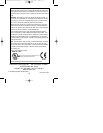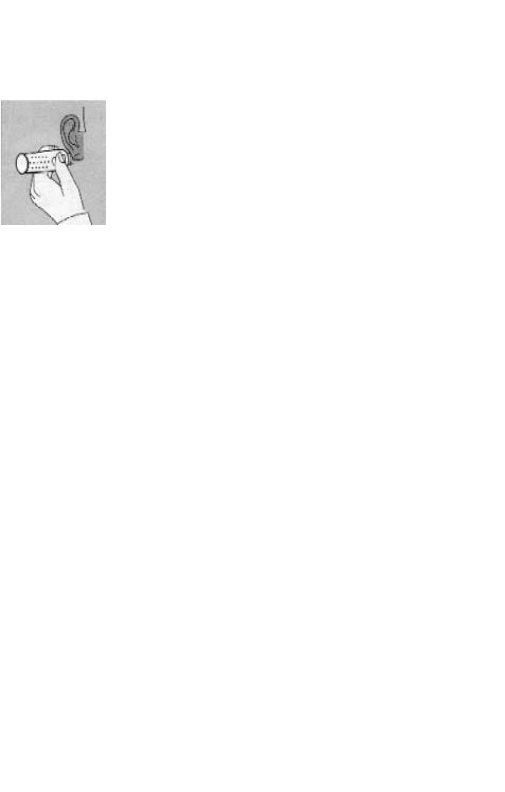
To ensure that the reading always reflects the body temperature accurately, you
need to take account of the following factors which may affect an accurate reading.
Sweating:
When a fever resolves, your body may bring its temperature down by sweating.
The TemporalScanner detects this reduction in temperature
immediately - long before a rectal thermometer can do so.
However, sweating also causes extra cooling of the skin. As a
result the reading given by the TemporalScanner may be low.
You should therefore either wait until the sweating has stopped
(wiping the forehead is not recommended, since the sweating
immediately begins again), or use the following method, which
has been clinically proven to provide accurate results.
1. Scan the temperature as normal, keeping the button depressed
2. Gently nestle the TemporalScanner on neck directly behind ear lobe
3. Release the button and read the temperature
Note: Normally, the artery behind the ear lobe does not provide a sufficiently
accurate reading. However, this area is less affected by sweating than the fore-
head. In addition, during sweating, increased blood flow produces higher skin
temperature, equivalent to TA, resulting in a good reflection of body temperature.
Environmental effects:
As part of its AHB system, the TemporalScanner measures the temperature
of the surrounding environment. For this measurement to be accurate, it
needs to have become acclimatised to the temperature of the room in which
it is to be used. If it is taken from a cold room into a hot room, or vice versa,
allow it to acclimate for at least 30 minutes before using it. Avoid holding the
TemporalScanner by the head, as it will mistake the temperature of your hand
for that of the room.
What else should I know?
If your child is agitated, or squirms away before you have completed your
measurement, just keep the button depressed and you can continue the
measurement without having to wait.
7
tat2000instrev6.qxd 2/6/2006 9:35 AM Page 7



